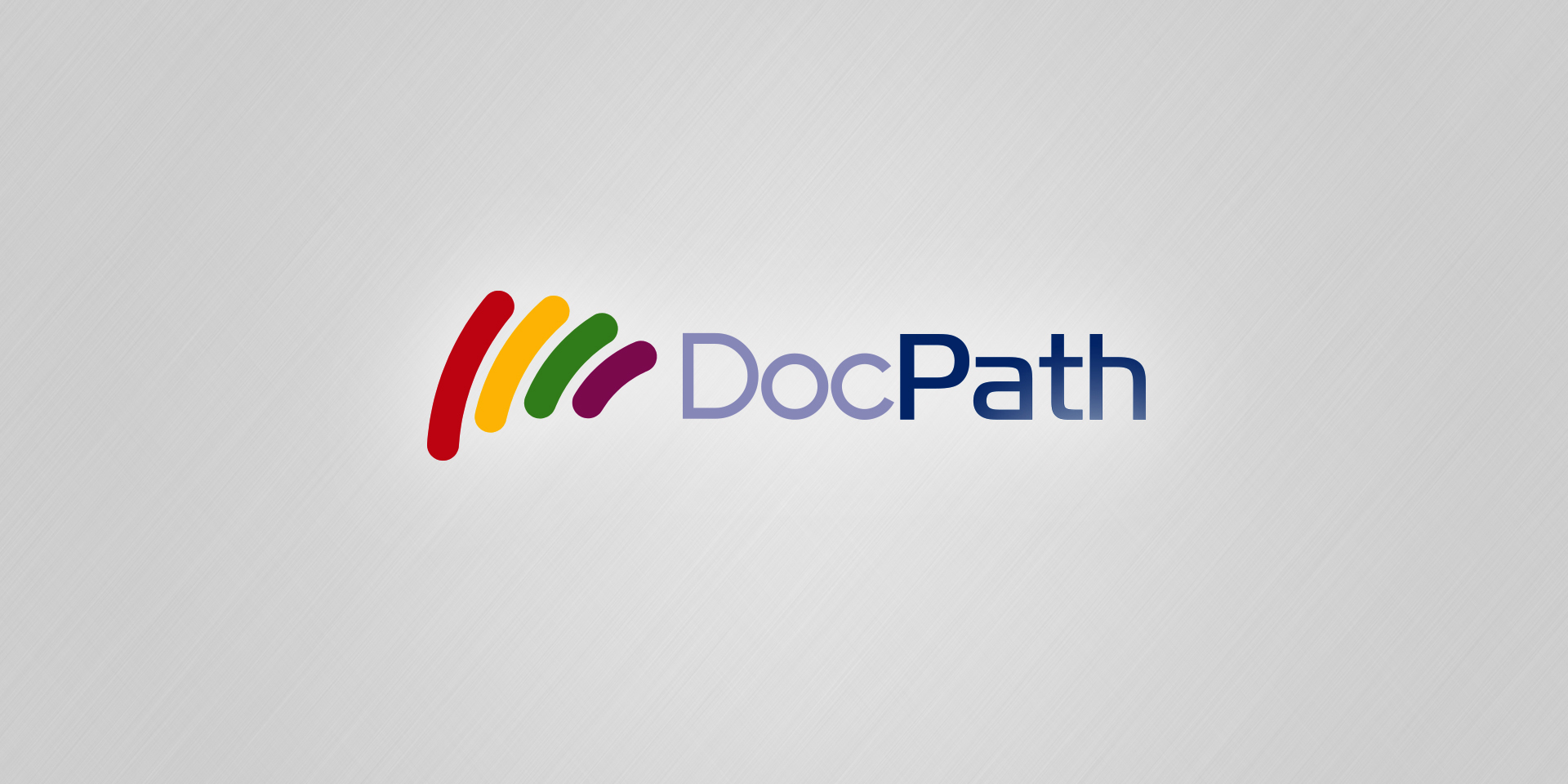
What are the fundamental characteristics that small and medium sized businesses look for in document management software? It should be safe, efficient, easy to use and multi-purpose, whilst being able to give you a quick return on the investment. However, above all else, the most important feature should be its ability to be adapted to the specific needs of each individual company.
In general, the technological profile of small and medium sized enterprises (SMEs) is lower than those of larger sized companies, where the document management system is a basic tool. For SMEs, this technology continues to be ‘widely unknown’, even though it promises great returns in profits.
The figures prove this to be a reality. A study conducted by the Gartner Group shows that documents consume up to 60% of office work time for employees, and also represent up to 45% of manual labor. Clearly, the time spent on these routine and mundane tasks makes it impossible for workers to dedicate themselves toward generating profit.
Small businesses tend to be less enthusiastic when adopting document management software, because they view it as a cost rather than an investment. In addition, the socio-economic situation leads these entrepreneurs to think more about tomorrow and less about the long-term future. Medium sized companies tend to have an I.T. department which has a more global view, and performs the role of an internal systems consultant, serving the needs of each business unit centrally. Therefore, these personnel members are the ideal persons to consult with during the process of implementing a new document management technology.
Innovate or lose
Given the current crisis, it is necessary for companies to innovate. An effective way of achieving this is through expert guidance, which will provide a perspective for the short to medium future. Most importantly, it will show the company that thanks to a document management system, the company´s resources can be used in a correct way.
For their part, document technology software enterprises should make it their mission to show SMEs the way forward by helping them to perceive document management not as an obstacle, a potential technological problem, or as a training problem for personnel. Instead, it should be viewed as a business development opportunity.
Each company has its own perception of what would be the ideal document management tool, considering their respective needs. For this reason it is absolutely essential for document management software providers to adapt their systems to the profile of each company.
All in All
Evidently, it is imperative that the company rethink what their real needs are, in order to determine what would be the appropriate document management system for them. In other words, we must define the needs of each organization at a specific time, whilst at the same time considering future projections.
Using a perspective outlook and involving all business processes with their corresponding departments in mind is the key to determining what technology is right for each company. That is, viewing it as an overall concept and integrating the company´s personnel in the software implementation process will assure its success.
Having examined the technological offers of companies providing document management software, we recommend that both parties be flexible, to make way for innovation and improvisation during the implementation process. Sometimes, you need other tools than management might have in mind.
Resolve needs with effective solutions
Choosing the correct and a complete document management solution will be an optimal advantage for the entire organization. Solution providers must have a global vision of the market situation and the specific needs of each company. Moreover, small and medium sized companies lack in-house expert advice, which means that providers must be able to offer these companies only what they need, combined with technical support and maintenance adapted to their requirements.
One option that is becoming an alternative to the economic crisis for SMEs, is the unification of managed communication services. In fact, a study by consulting firm IDC forecasts the market to be aimed at unified communications and collaboration (U.C.C.). During the 2010-2015 period, the figures reveal a trend that will be implemented by small and medium sized businesses: outsourcing solutions relating to unified and collaborative communications as a service, rather than managing them in-house, thereby reducing the cost of managing and maintaining the network. In addition, document management technology is adapting to this new paradigm and document management software manufacturers will begin to offer their systems and document management software as ‘cloud’ services.
Quoted:
- Gartner Group
- IDC
Julio A. Olivares
President and founder of DocPath
